Blog

The Importance of A Full Thyroid Panel Adopting a functional approach to thyroid care involves conducting specific lab tests, which may differ from the standard ones performed at a typical doctor's visit. Below are some of the targeted thyroid blood tests that are ordered at Balanced health. These tests provide a more in-depth assessment of the thyroid's health, enabling a treatment strategy that tackles the root cause of thyroid conditions. TSH (Thyroid Stimulating Hormone) : Often considered the foundational test for thyroid health, TSH levels actually reflect pituitary gland activity in the brain, not direct thyroid function. The pituitary gland produces TSH as a response to low levels of thyroid hormones, signaling the thyroid to increase hormone production. An optimal TSH level is generally considered to be less than 2 for maintaining thyroid health. Free T3 – T3 (Triiodothyronine) is one of the two main hormones produced by the thyroid gland. T3 is the more active hormone, playing a crucial role in regulating metabolism, heart rate, body temperature, and brain development. It's often referred to in the context of thyroid function tests and is a critical hormone for assessing thyroid health. Free T3 refers to T3 that is not bound to proteins in the blood, making it biologically active and available to the body's tissues. Optimal range is 3.0-4.0 Free T4 – T4 (Thyroxine) is the other primary hormone produced by the thyroid gland. T4 is considered a prohormone, as it is less active than T3 but is converted into T3 in the body's tissues. T4 levels are also measured to evaluate thyroid function. Free T4 refers to the T4 that is not bound to proteins in the blood, making it available for use by the body's cells. Optimal range is 1.0-1.5 Reverse T3 - Reverse T3 (rT3) is a metabolite of the thyroid hormone thyroxine (T4) Unlike the biologically active triiodothyronine (T3), reverse T3 is considered an inactive form of thyroid hormone. It cannot activate thyroid hormone receptors in cells. The production of reverse T3 can increase under certain physiological stress conditions, such as severe illness, fasting, or stress. In these scenarios, the body appears to convert more T4 into reverse T3 as a way to decrease metabolism, presumably to conserve energy during periods of stress or malnutrition. Measuring reverse T3 levels can be useful in certain clinical situations, especially to evaluate thyroid function and metabolism and assess complex cases of thyroid dysfunction. High levels of reverse T3 may suggest that the body is converting too much T4 into rT3 instead of the active T3, which could indicate a form of thyroid dysfunction. Optimal range is: 9.2-17. Thyroid Peroxidase Antibodies (TPO antibodies) and Thyroglobulin Antibodies (TgO antibodies) - Thyroid antibodies are immune system proteins that mistakenly target the thyroid gland, its cells, and its hormones leading to thyroid dysfunction. The presence of these antibodies indicate autoimmune thyroid diseases, where the immune system attacks the thyroid, affecting its ability to produce hormones properly. The most common types of thyroid antibodies associated with thyroid autoimmune disorders are: TPO and TgO. High levels of thyroid antibodies, even when the TSH level is within the normal range, suggest that the thyroid will eventually be damaged to an extent where it cannot produce adequate hormones. However, the silver lining is that with elevated antibodies and a normal TSH, not only is it possible to reverse any existing symptoms, but it's also feasible to prevent additional harm to the thyroid gland.
Navigating Supplement Absorption: From Liposomal to Tablets, What You Need to Know Introduction: In the ever-expanding world of supplements, finding the right one can be akin to searching for a needle in a haystack. But it's not just about choosing the right supplement; the form in which you take it plays a crucial role in its absorption. Let's unravel the mystery of supplement absorption and explore various forms, ranked from the easiest to the most challenging for our bodies to absorb. Why Supplements? While the goal is always to obtain nutrients from our diet, sometimes it's impractical. Enter supplements, essential for filling nutritional gaps and supporting overall well-being. But not all supplements are created equal, and understanding their forms is key to ensuring your body reaps the benefits. 1. Liposomal: The Pinnacle of Absorption At the summit of the absorption hierarchy sits liposomal supplements. Imagine a protective layer of lipids encapsulating the active ingredient, creating a shield against stomach degradation and facilitating enhanced absorption in the intestines. It's like a nutrient delivery system tailored for optimal utilization. 2. Lozenges : Swift Absorption Through Mucous Membranes Lozenges take the second spot, swiftly absorbed through the mucous membranes in the mouth. Quick absorption into the bloodstream makes them an efficient choice for those seeking a supplement that bypasses the digestive system. 3. Powder: Versatile and Mixable Following closely is the versatile powder form. Easily mixed into liquids, smoothies, or even a spoonful of applesauce or pudding, powders offer flexibility without compromising on absorption. 4. Chewables: A Palatable Option Chewable supplements make supplementation a breeze. Not only are they convenient, but they are also generally easy to take, making them an appealing option for both adults and children. 5. Capsules: Common and Convenient Capsules, perhaps the most common form, make their appearance next. With the ability to mask the taste of active ingredients, they are generally easy to swallow and dissolve well in the stomach or small intestine. Note: Opening a capsule might be an option for some, but caution is advised, especially with acidic ingredients like Betaine HCL. Always consult with your doctor and check the ingredients before altering the form. 6. Tablets: Last in Line Bringing up the rear are tablets. Placing last on the absorption list, factors like low stomach acid or concurrent antacid may pose additional challenges to their absorption. Beware of sustained-release tablets, as their absorption dynamics may differ. Conclusion: Selecting the right supplement is half the battle; choosing the appropriate form ensures you reap the maximum benefits. From liposomal efficiency to the reliability of capsules, understanding these distinctions empowers you to make informed decisions for your health. After all, it's not just about what you take but how you take it that truly matters. Make your supplement routine a journey of optimal absorption and well-being.

